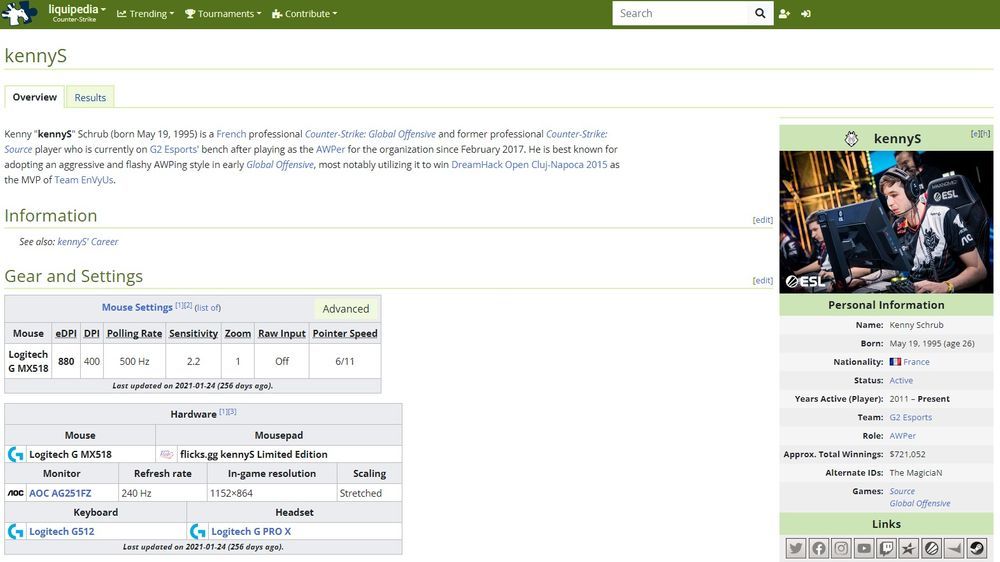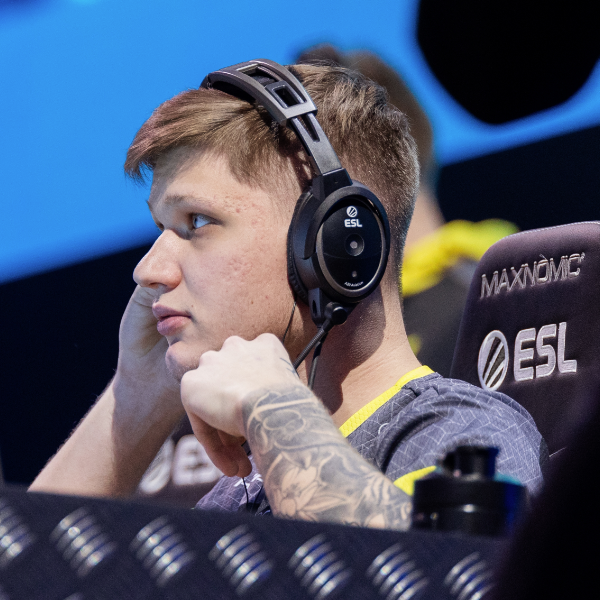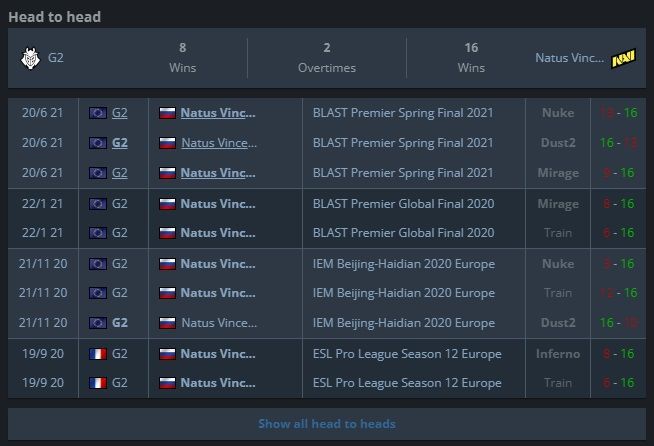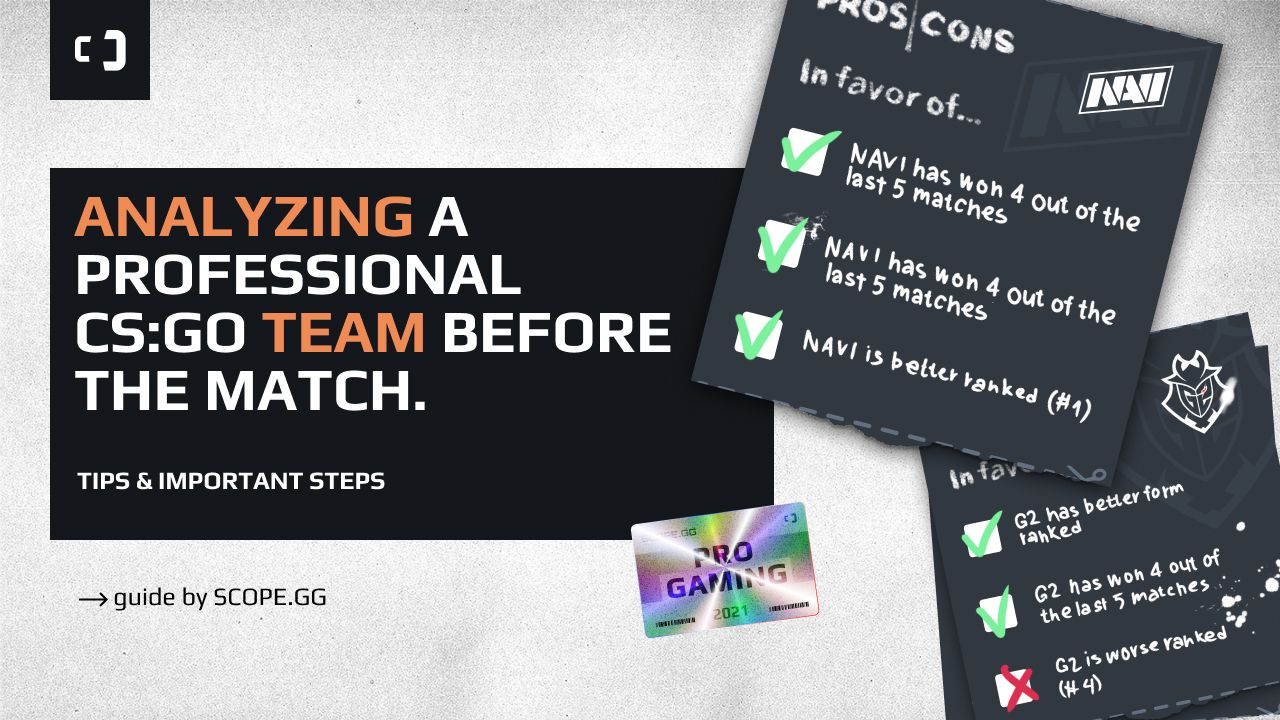Ready to join a big league with your new team? Or maybe you want to get into professional matches analytics? In that case you probably already know how the system works. What should you do next? This guide will help you feel more confident in the analysis of any CS:GO/CS2 team.
Going in blind would be a mistake, always make sure to gather as much information about the teams as you can, especially in the tournaments with less known players. If you really want to get serious with cybersport, you won’t get far without some serious analytics. In this article we’ll be covering how to analyse the teams before the matches and how to prepare for your opponent.
Preliminary analytics
Not all the tournaments are being broadcasted on HLTV. You’ve probably already noticed several services that offer you to predict a winner. You should start with choosing a match. Try to pick a game that would allow you to gather as much information about both teams as possible. Don’t try to analyse the matches in the regions where Counter-Strike is not wide-spread, stick to Europe, North and, occasionally, South Americas.

After selecting the region, choose a tier of the teams. Don’t dive into rabbit’s hole with completely unknown players, however. Choose someone from 1-3 tiers, someone you’ve followed previously or at least heard about. Knowing the team’s playstyle in general and every player’s in particular would be extremely beneficial. Some may prefer to play as aggressively as possible, some may like to hold until the round timer turns red.
Personal analytics
In this case we want to, first of all, pick a “forward” in every team. Compare CS2 players’ stats on any service like scope.gg compare or HLTV.org. Take a selection of matches by the last three months and consider how many official matches any particular player played. Choose the best player in both teams and compare their stats. If one of them has a K/D of 1.1 and another has 1.4, we already got some info on who might be the favorite in the upcoming match.
Don’t shy away from also looking at every player’s stats on gaming platforms. Almost everyone plays on FACEIT and you won’t have trouble finding their profiles. Count up their recent matches and win rate in the last 20 games.

Another good idea would be to compare the snipers and the captains of both teams. The former are the ones who can decide the match purely by their skill. The latter are responsible for the tactical preparedness of the team. If the captain has a lot of frags during the game, that may mean that players of the team are often left to make decisions on their own, a fact that negatively affects the team's performance as a whole.

Checking the players form before the match
Not all players train equally hard. Someone might take a break from CS2/CS:GO right before the tournament to avoid the burn out. Someone might practice for ten hours per day. It is safe to assume that a player who practices more plays better than the other one, with some rare exceptions.
How can you check something like that? From the player's Steam profile, of course! Just find their profile page and dig as much information as you can, the most important thing being how many hours have they played in the last 2 weeks. How can you find a player’s profile page? You can either just google something like “s1mple steam profile”, but there’s a risk of stumbling upon a fake profile. That’s when the second option comes in handy.
Go to the Liquipedia by using this link and search for every player from both teams. There you can find their official pages, including the Steam profiles. That’s the best way to distinguish the fake page from the real one.

After that you can just check how many hours a player has played in the last two weeks. If someone has 30 hours, that means that he plays for about 2 hours a day. That’s abysmally little. If the whole team practices the same way, their chances of victory will definitely be lower. Someone might have a hundred hours played in the last two weeks, meaning he practices for 7 hours per day. Guys like that won’t even need any fancy strategies and might carry the game by pure skill.
You might also check out the player's social media using the links from Liquipedia. They might post some photos from bootcamps or just talk about how they’ve spent their time recently. If in one photo you see player A playing Counter-Strike and in the other player B enjoying the sun on a beach, you know who might be the favorite there.

Another thing that might affect a team's performance is long-distance travel. Team might be affected by jet lag after traveling several time zones, making them feel like fish out of water for a couple of days. Tournament organizers try not to set the games right after the team's arrival, but this fact still should be considered.
CS2 / CS:GO match analysis
After analysing every player in particular, it is time to analyse both teams as a whole. As usual, HLTV.org is a great place to do that. There you can find the team's results with the detailed statistics. It’s better to take a selection by the last couple of months, no one can be at their peak performance all the time. There are exceptions like Astralis that dominated the Counter-Strike pro scene for several years in a row, but that’s extremely rare. Every team has its ups and downs, it all depends on their fatigue and desire for victory.
First of all, check the latest matches for both teams. Check how well they fare against stronger opponents and their scores against the weaker ones. If the team is often relying on overtime, giving them preference might be risky.

Never forget that every player is a living person and psychology is extremely important. For example, a tournament with a prize pool of $50000 won’t be considered as something important by the best teams out there. They probably won’t take it seriously and would play it like they would during bootcamp, they’d try new tactics, have a little break by playing, stuff like that. During tournaments like that, underdogs might actually have a decent chance to win, as the stakes for them are sky high.
In a tournament such as IEM or Major, however, players have everything to win. Something unusual might happen in the earlier stages, but during the play-offs the star teams would swat underdogs like flies.
Analysing the 'head-to-head' matches
Now we will take a look at how well both teams fare against each other in particular. There might be an uncomfortable opponent even for the greatest team in the world. It might be impossible to predict the result in confrontations like that, even if one team bested another several times before.

The best way to get to a conclusion is to analyse the BO3 games between these two teams. If the games were decided during overtime or ended with close scores like 14:16, choosing a favorite based on previous games is a coin flip.
Analysing bans and picks in Counter-Strike
Every team has it’s favorite map. In the current meta we can say with a 90% certainty that Natus Vincere would pick Dust2. On the contrary, every team has its “insta ban”, a map that is always banned by them.
After checking the win rate of a team on all maps, don’t forget to check the teams they’ve played against. There might be a situation when the team got 70% win rate on Nuke while playing against vastly inferior opponents.
By pointing out the best and the worst maps for both teams you can guess what map would be left as a decider, the only map that is left after picks and bans.
Some teams, however, might be flexible, they practice and play all the seven maps from the active pool perfectly. Gambit is a great example of such a team. Team like that can easily wrestle a win even on the opponent’s signature map.
Subsitutions in matches
To get the full picture of the team’s condition, following the team’s social media might be a great idea. It would allow you to be the first to know of all the important changes such as reshuffles and substitutions for the match.
Most of the time, reshuffles negatively affect a team's performance. Players who got used to each other might change positions and roles. Captain might become a sniper, a new player might be assigned the easier position for the adaptation, etc. Getting used to changes like that might take several months or might not happen at all.
The situation isn’t so bad with the substitutions. Due to a player falling ill or any other reason the team might have to find a stand-in in his place. Usually the team won’t make any significant changes and just find a good marksman with almost no responsibilities. All that’s required of him is to shoot well and assist his teammates. Everyone on Counter-Strike pro scene can do it.

Usually players know about the stand-in in advance and it’s common for them to go over the most important rounds, tactics and the possible fakes they might do. This way the stand-in will not be detrimental for a team at all and might even become a nuisance for the enemy team to deal with. If the opposing team planned to play around a certain player’s playstyle, the stand-in might completely devastate the planned tactics. Overall, replacement doesn’t necessarily mean a bad thing. However if you want to be sure, it’s safer to avoid games with the stand-in as it might be something of a wild card.
Conclusion
Let’s sum up everything we’ve covered:
- Avoid the games with unknown teams and players. The results are unpredictable due to both low popularity and skill and also due to a possibility of match fixing on that level.
- Use all the information you can get from HLTV and liquipedia, especially recent CS:GO/CS2 play time.
- Analyse the win rate on different maps and highlight the signature maps.
- Check the previous confrontations between the teams. In case they haven’t met before, do an additional analysis to compare teams’ skill levels.
- In general it is better to skip the matches with stand-ins and right after reshuffles.



